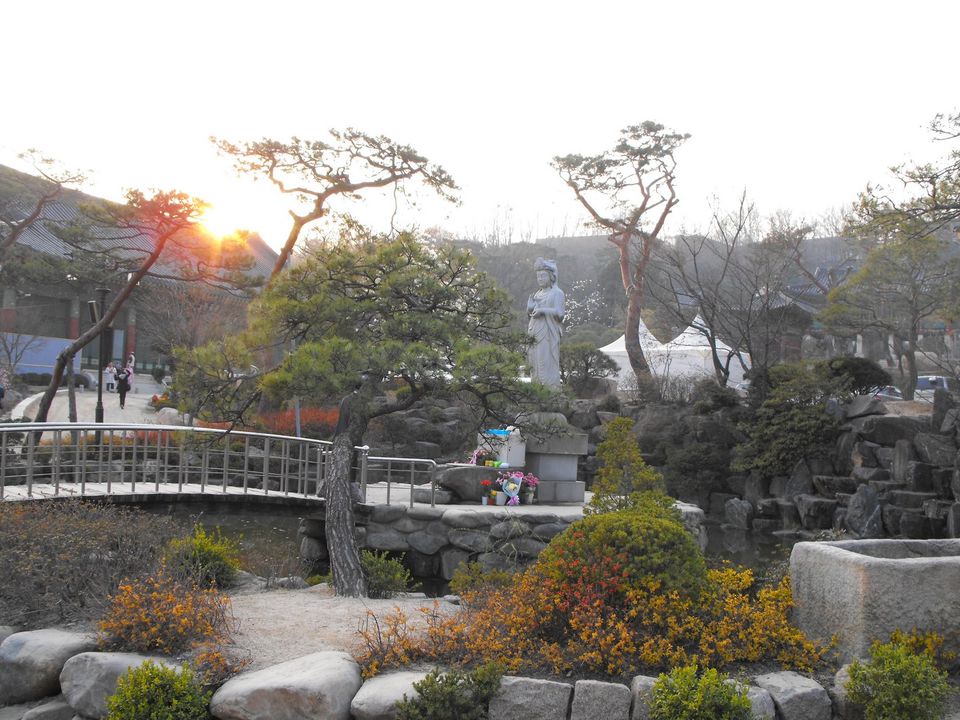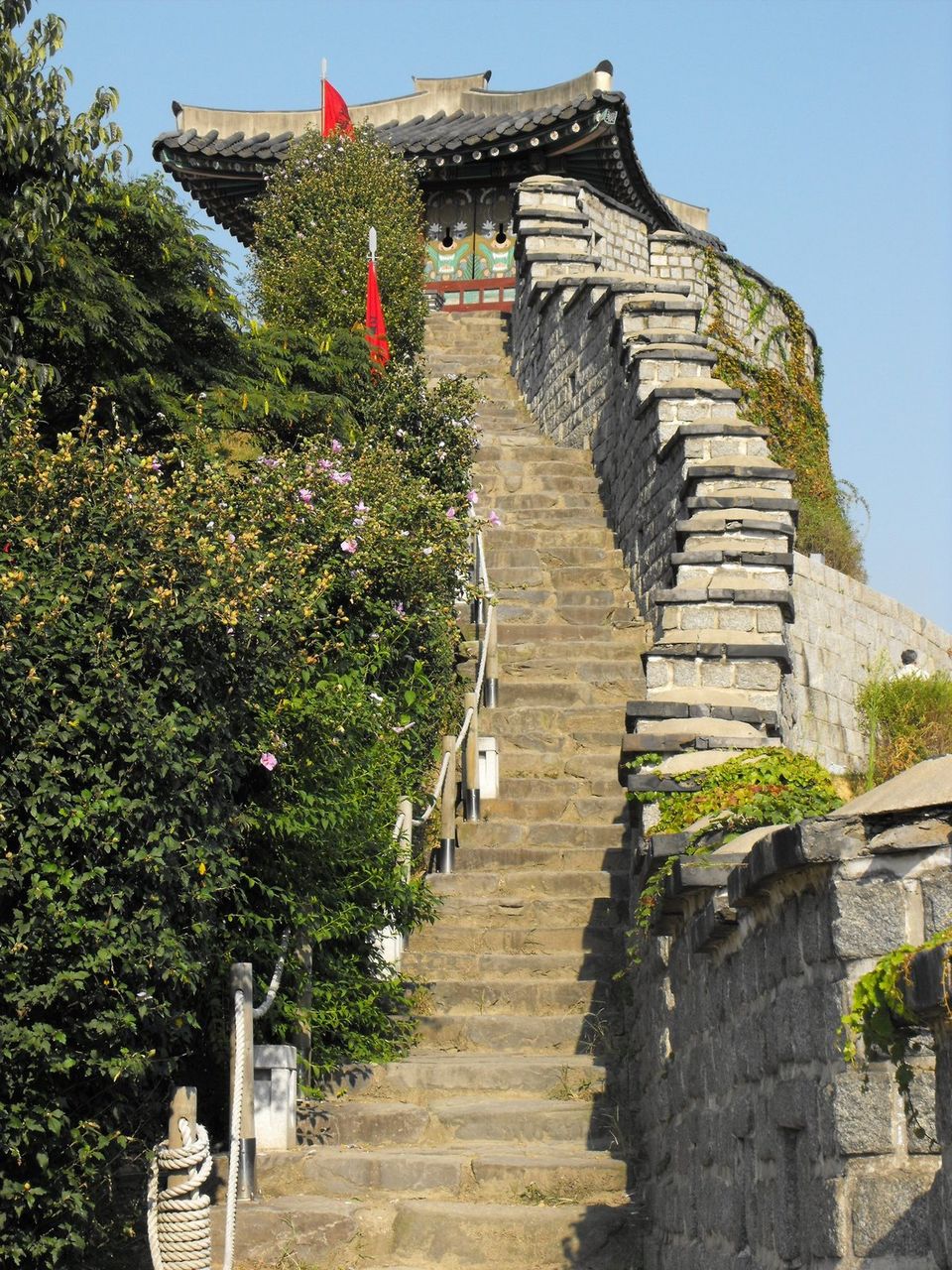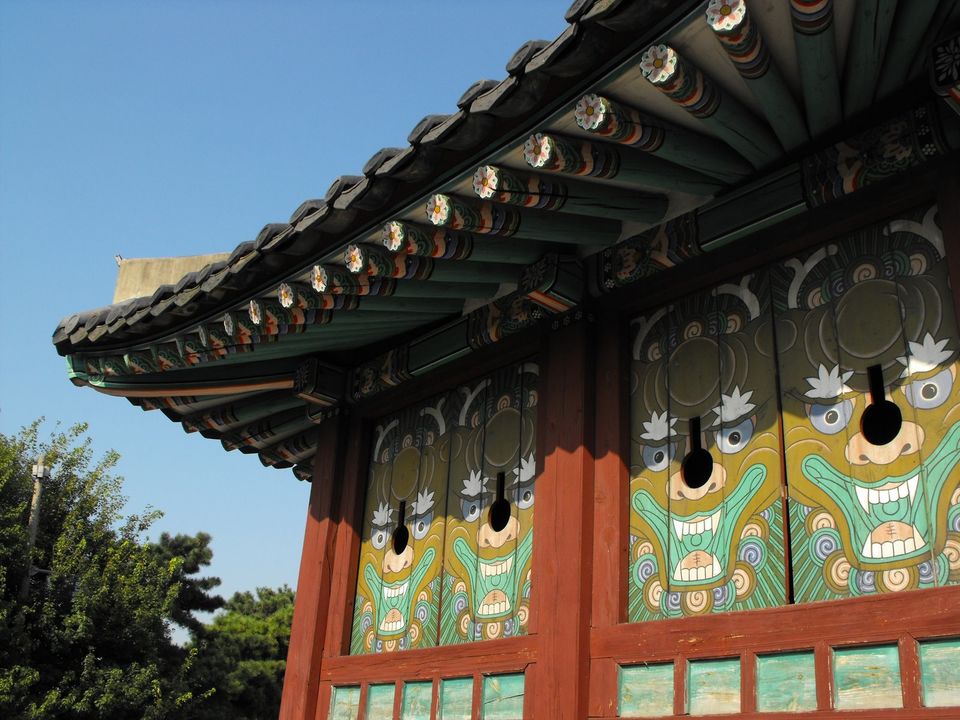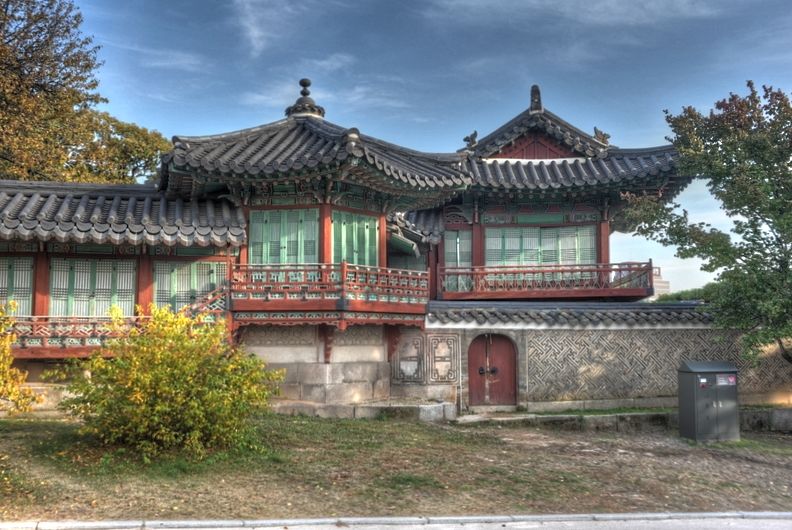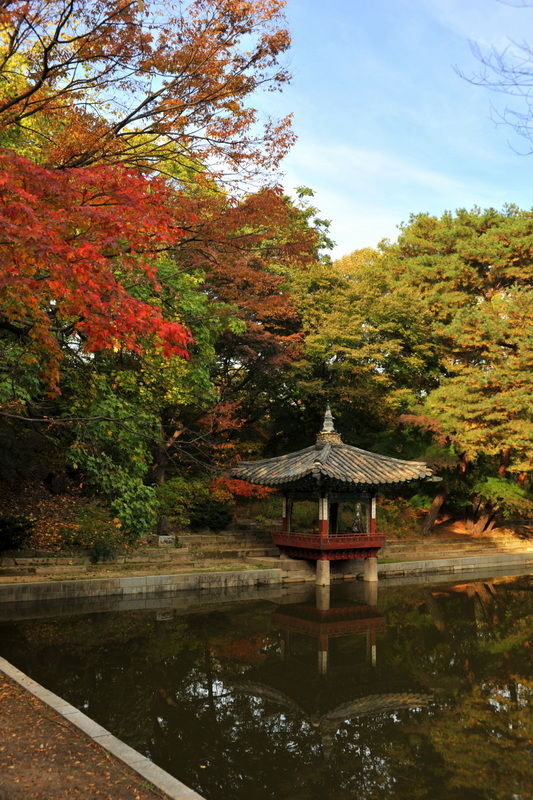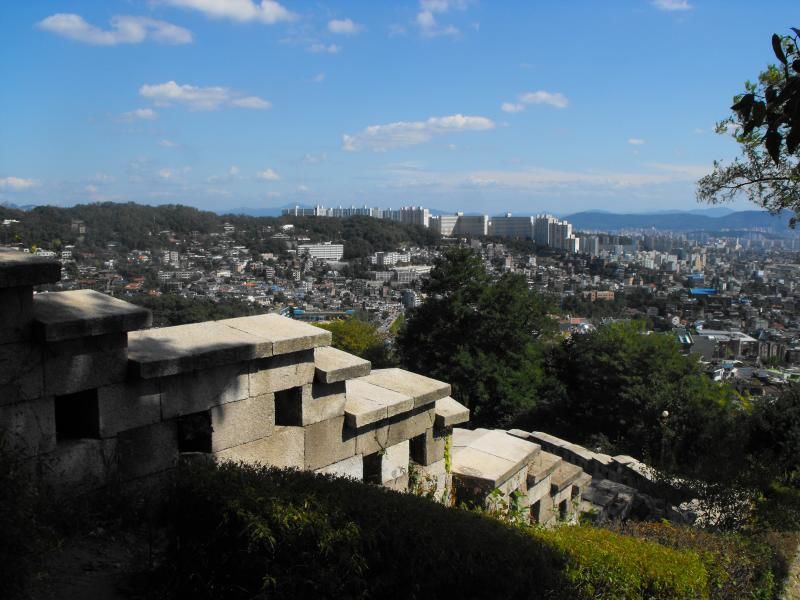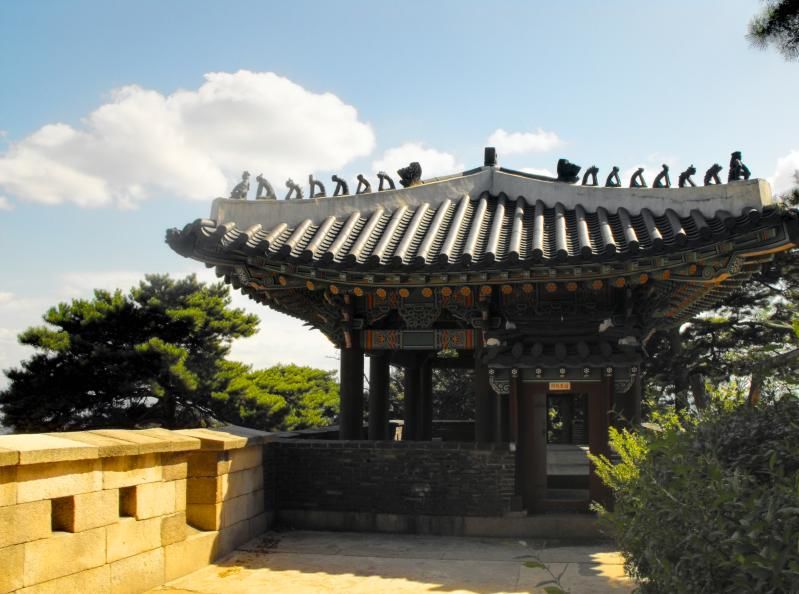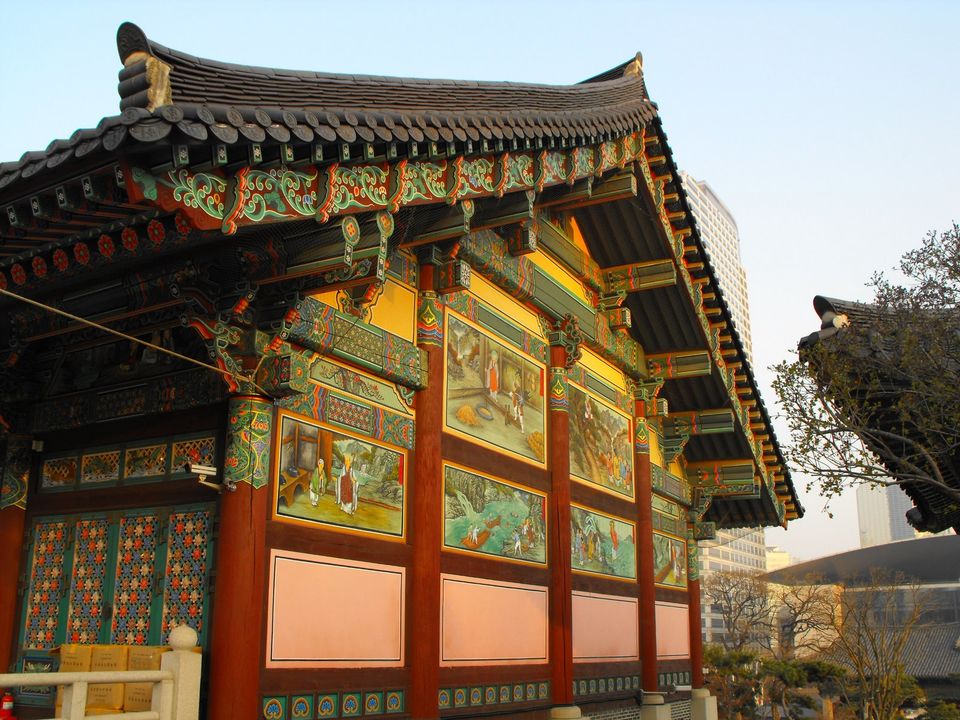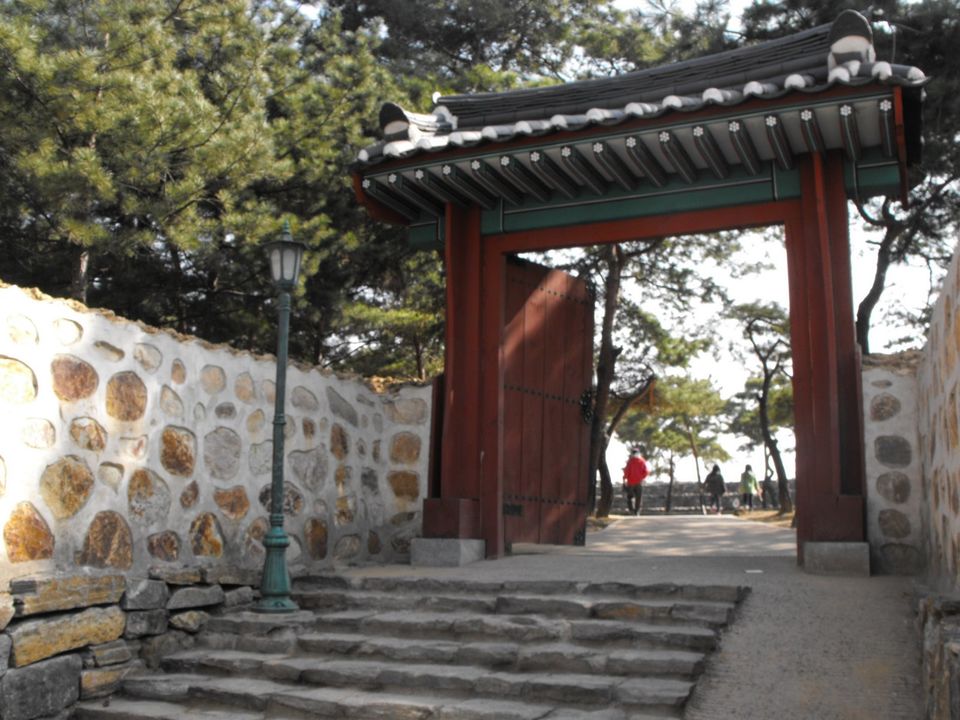Seoul is one of the largest urban agglomerations in the world, and also one of the most developed cities. Amongst all the hubbub that the modern city's attractions create, the historical aspect of the city can sometimes get drowned out. Tourists, are often so wowed by the expanse of the modern city, with iconic modern buildings like Tower 63, the N Seoul Tower, the city's burgeoning nightlife, its shopping culture aided by ginormous malls like the COEX mall, the fashionable, and upscale aspects of the city, leave its history as an insignificant appendage, that is often just included into a tourist itinerary as an afterthought.
However, Seoul has a very rich and ancient history that spans almost two millennia, echoes and reflections of which can still be seen in the architectural remains scattered around the city. Korea traces its lineage through three Kingdoms, the Baejke, the Joseon Dynasty and then the Korean Empire. All of them have left a mark on the city and it is a truly worthwhile experience to trace these marks of the past of this city. For those of you who are visiting Seoul with an idea to do more than just explore another cosmopolitan city, the following handful of spots is a small collection of those places that will allow you to travel through time, into Seoul's past.
The Baekje stone tombs comprise a nice portion of history – even though there isn’t much to see / interact with. That there’s anything left of a 1500-year-old kingdom – at the earliest! – deserves mention. You’ll need an active imagination to see the tombs that no longer exist or are still buried in the ground. And you should have an interest in the history / sociology / anthropology of ancient Korea, or just check it out because it’s peaceful and relatively quiet. It’s a large expanse of land that is not at all crowded, and just populated by old tombs, stones and mounds.
Bongeunsa (Bongeun temple) was first established in 794 by the Ven Yeonhue Sunim, the National Master Monk of the Unified Silla dynasty. By 1550, Bongeunsa had become the leading temple, and in 1618 several more buildings were constructed, including a monastery and a meditation center. Most buildings were destroyed by fire in 1939, though, and the temple area has been renovated at various points up until now. It has some very old and beautiful structures, for example in the center is a statue of Gwaneum (the Bodhisattva of Compassion), which is surrounded by an oriental-style pond.
The place to see here is the Dongmyo Shrine, surrounded by a madcap traditional market full of locals. Dongmyo sits as an acknowledgement to Korea’s historical connection to China. It’s dedicated to Guan Yu, a 3rd century Chinese general, and was constructed after the Japanese invasion of Korea in 1592. Since its completion in 1601, it remains one of the oldest wooden buildings still standing in Seoul. Relatively peaceful inside, with old colorful structures, it’s an intriguing place to visit, somewhat removed from the tourist trail, though still easy to find.
Literally, “Prospering Virtue Palace”, it was the second of Seoul’s five royal palaces to be constructed. Construction started in 1405 by King Taejong. To go around the place, you have to join a guided tour to see the garden – These tours are offered in English every day at 11:30am and 3:30pm, though for those of you who prefer solitude it’s also easy to slink away from them (especially if you arrive a few minutes late).
About an hour south of Seoul, Suwon is the eighth-largest city in South Korea with over a million people living in the city. This place was built to be the capital, and the scale almost makes it difficult to comprehend. 41 facilities / buildings (34 of which have been restored) were originally built within the fortress, and the walls of the fortress total almost 6 kilometers (over 3.5 miles). Hwaseong Fortress will require a full day – or two – to explore thoroughly. Although it certainly has a lot to see, be prepared to work your way through the inevitable crowds that surround the markets around the area. Staying inside the fortress walls is probably a good idea if you’re looking to avoid the endless markets of fish and vegetable sellers.
Whether you spell it Bugaksan or Bukaksan, dates back to the 14th century, rests north of the Blue House (the residence of the Korean president), and south of the better-known Bukhansan. At 342 meters high, it’s far from the tallest mountain in the area, but it’s certainly one easily accessible by public transportation. The path to take follows several kilometers of the fortress wall. This is not the easiest climb in the world – and there is very little to speak of in terms of facilities along the way. Use the bathroom before starting, then stock up on water and a snack or two to keep you going during the 3.8-kilometer hike – and the 20-minute uphill walk to the start of the hike. Though this place has numerous security restrictions on movement and photography, the views of Seoul it offers are unparalleled.
